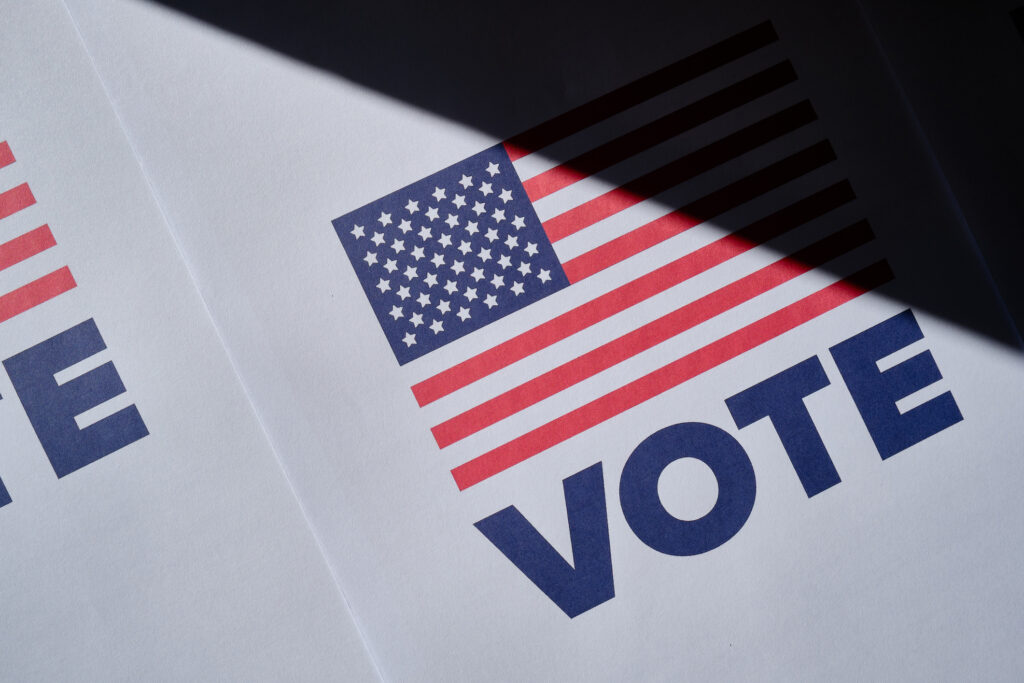
Getty Images
It doesn’t have to be this way. It really doesn’t.
As I worked as a Voting Location Manager (or VLM, as the acronym-enchanted Board of Elections calls it) on Tuesday I kept thinking about how voting doesn’t have to be this difficult, complicated and exhausting in Ohio.
The last point was especially relevant to me on the day after the election, which I spent mostly sleeping and recovering. While I and my stalwart band of volunteers worked hard, getting up at 4:30 a.m. or so and getting home at 10:30 p.m., many of us aren’t young or even middle-aged anymore. Not going to lie, there were a lot of exhausted volunteers when we finally left the building.
The line outside my Hilltop location in Columbus began forming at 6 a.m., half an hour before we opened the doors. A small number of the eventual 900 voters on Tuesday had some difficulties between that time and our 7:30 p.m. closing.
While we had a few problems with the voting machines, those problems were mainly glitches — the electronic reader on the machines was so sensitive that we told workers to hide the Authority To Vote slips (or ATVs, see: acronym-happy board) behind their backs. Otherwise, the machines could jam, and I or another worker would have to reboot them.
Importantly, those machines are essentially electronic typewriters and do NOT count up the votes.
Another machine, the Ballot Counter, does that. Voters slide an oblong card from the voting machine (with their choices printed on it) into an electronic reader on the Ballot Counter to actually cast their ballot.
At the end of the day, a bipartisan duo (including myself) drives the paper ballots and a thumb-drive from each ballot counter to the Board of Elections. The thumb-drives hold electronic duplicates of all paper ballots, and because the bipartisan “drive-alongs are in the same car and make sure no one and nothing gets to those ballots, it’s essentially impossible to tamper with the results.
Other problems that voters faced were likely no more than 1 percent of my location’s tally, but those issues just should not have to exist.
For example, we saw a handful of voters who told us, “Oh, yeah, I’m registered to vote.” But they weren’t. After we asked them how they knew they were registered, their reply was, “Well, I have a driver’s license.” In other words, they believed that they were automatically registered to vote when they obtained their driver’s license.
Another handful of voters had apparently not double-checked that they were still on the voting rolls. Unfortunately, they had been tossed off the rolls, and couldn’t vote, even though they assured us — often vehemently — that they had voted for years at that location.
Then there was a Spanish-speaking voter whose family asked if the voting machines had a second-language button — like the closed-caption button on smart televisions. They don’t, at least not now in Ohio. Luckily, we were able to assure the voter that it was legal and allowed for a family member to stand and translate the ballot.
And even as we saw a huge turnout — my location tallied about 900 voters on Tuesday, the most that any longtime workers at that place had ever seen — I note that many areas of Ohio reported even more voters four years ago.
That election, it should be pointed out, occurred during the Covid pandemic, in which many people voted by mail. In other words, if you make it easier to vote, more people will vote.
That point is driven home by the experience that Oregon has had since 1998, when voters there passed a ballot measure directing all elections to be conducted by mail. Instead of using traditional polling places where voters go to cast ballots on Election Day, a ballot is mailed to each registered voter. Voters then return their ballots to their county boards, where the ballots are counted on Election Day.
At least one study indicates that the result has been an increase in turnout by 10 percent — for a total of almost 80% of voters — in both presidential and mid-term elections in that state.
And I doubt that election workers in Oregon have to get up at 4:30 a.m. to start counting the ballots. Be better, Ohio.
YOU MAKE OUR WORK POSSIBLE.

